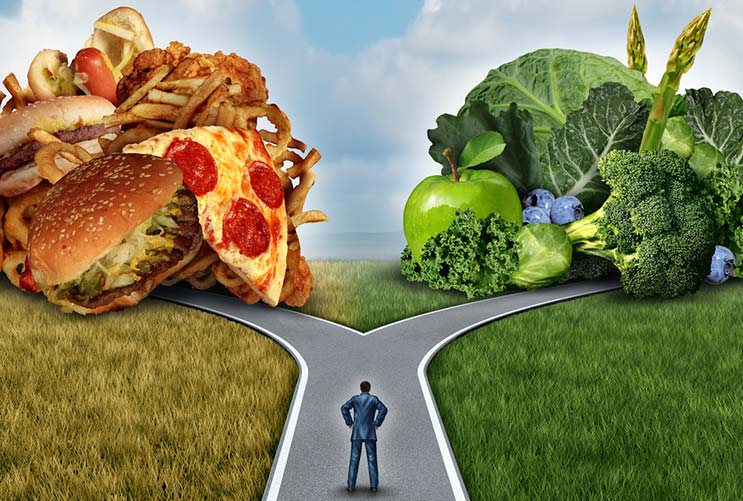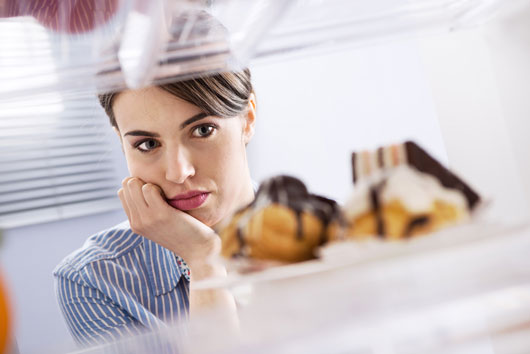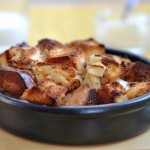
If you’re anything like me, you’ve found it hard to lose weight even when you’re exercising regularly and are eating healthful foods.
Because weight gain and loss are really a matter of simple mathematics (calories in versus calories out) it doesn’t take a genius to realize that difficulty losing weight is due to too many calories stored in the body—in other words, if you’re active but still overweight, even if you’re eating healthily you might still be eating too much. One of the best ways to avoid overeating is to eat more often. Kimberly Wade, a Cuban-American mother in Texas, has lost 210 pounds—and kept it off for three years—by learning to eat a little something before she gets hungry, and to, in fact, avoid ever getting very hungry at all.
“I eat 5 small meals a day,” Wade told Mamiverse via email. “Breakfast, lunch and dinner are with lean protein and vegetables. (I also have) two snacks with protein (Greek yogurt, organic peanut butter) and fruits or vegetables.”
Dr. Elizabeth Yates, an assistant professor in the Nutrition and Dietetics department at the University of New Mexico, is not surprised to hear about Wade’s success through healthy snacking.
“The research is pretty clear,” Yates told Mamiverse by phone. “People who eat five or six small meals a day instead of three big meals a day, or even one or two big meals a day, lose more weight.”
Read Related: 10 Healthy Snacks You’ll Love!

This is because your hunger mechanism is triggered in part by what your blood sugar is doing. When you wait a long time between meals, your blood sugar drops. The lower your blood sugar gets, the hungrier you will feel and, says Yates, the more likely you’ll be to overeat once you finally do eat.
Yates cautioned against eating larger portions when switching to the five-small-meals a day style of eating.
“If you’re used to overeating, it can be very easy to eat too much this way,” she said. “A single serving of most foods is smaller than many people realize.”
According to United States Dept. of Agriculture’s Center for Nutritional Policy and Promotion, many Americans eat at least twice as much as they should, at every meal, and often more than that. For instance, a single serving of spaghetti should only fill ½ a cup, but most people eat about 2 full cups of it.
This is why it’s so important to pick snack food that are high in fiber, says Yates.
“Foods high in fiber generally make you feel fuller,” she said. “And they keep you fuller longer.”
Yates also said that foods with a little bit of “healthy” fat in them, such as Wade’s choice of sugar-free peanut butter, can go a long way toward satisfying hunger and keeping blood sugar boosted longer. The key, she said, is not to eat too much fat, even healthy fat, because it is very high in calories.
So what are some good snack choices? Fruits, vegetables, nonfat or low-fat dairy products such as cottage cheese or yogurt, and whole grain bread or crackers are a good place to start.
For more tips on healthy snacks, and for some wonderful tools for tracking and planning your weight loss journey, please visit the USDA’s user-friendly website, http://www.choosemyplate.gov/supertracker-tools/supertracker.html.











